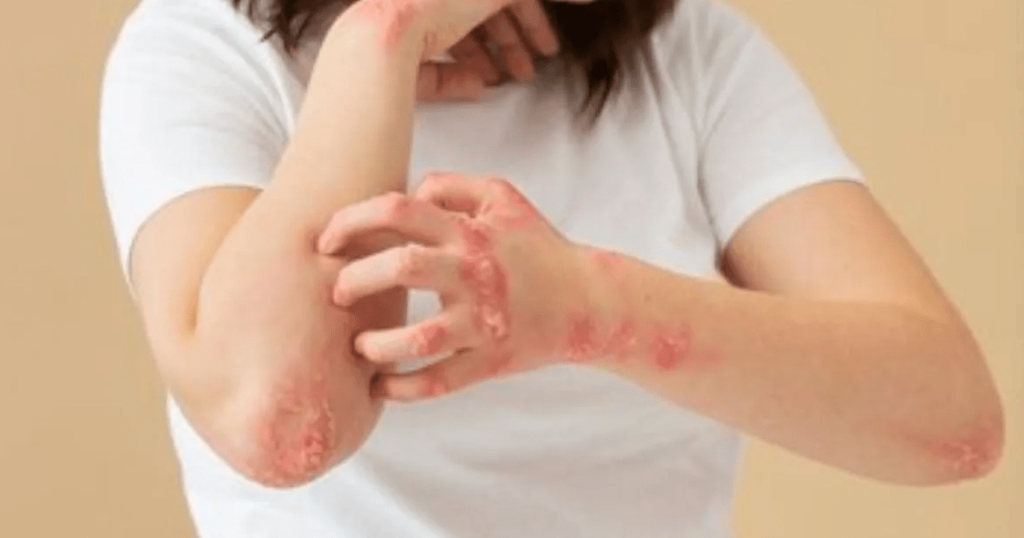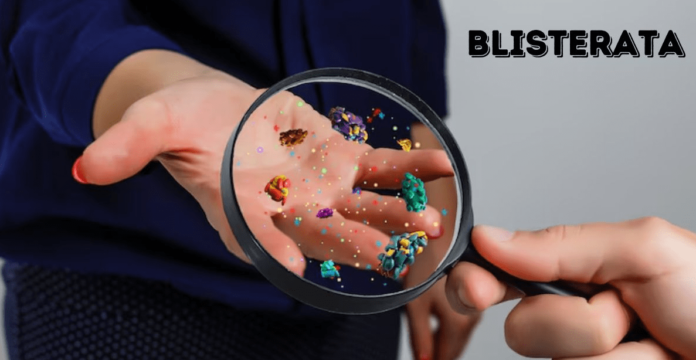Blisterata appear on the skin as a result of a skin disease called bullosa. These blisters can occur on any part of the body and come in various sizes. Understanding bursitis is important for effective management and treatment.
Table of Contents
Causes of Blisterata

A person’s lifestyle choices, environment, and genetic susceptibility all contribute to the development of blepharitis. Genetic mutations that increase the risk of disease are one important genetic variant. In addition, exposure to chemicals, sunlight, allergies, or other environmental stimuli. This can worsen the condition. Blisters can also be caused by lifestyle choices such as smoking and stress.
Symptoms of Blisterata
The appearance of blisters on the skin is the main sign of bullosis. These blisters are painful and can burst, exposing the wound. Apart from physical pain, Bulus can also cause emotional problems such as restlessness, restlessness, and depression.
Diagnosis of Blisterata
A dermatologist usually performs a physical examination to diagnose blepharitis. Your doctor may perform several skin tests to confirm the diagnosis and rule out other skin problems. Differential diagnosis is necessary to distinguish bullous rosacea from other similar diseases.
Treatment Options for Blisterata
The goal of treating bullous rosacea is to reduce symptoms. stops relapses and promotes recovery Your doctor may prescribe medications such as corticosteroids and immunosuppressants. To reduce inflammation and suppress the immune response, topical medications such as lotions and ointments may be used. Can relieve skin irritation and prevent infection. Lifestyle changes to reduce triggers and following a skin care routine are important in controlling blepharitis.
Prevention Strategies
The key to preventing impetigo is to be careful and avoid triggers that can make the condition worse. including controlling stress levels Avoiding harsh chemicals and protecting skin from the sun A personal skin care routine can help maintain healthy skin. People with a family history of Blistellata may benefit from genetic counseling to understand risk factors and preventative measures.
Living with Blisterata
Living with Blistellata can be difficult. But there is a way to overcome this. Having a network of family, friends, and medical professionals you trust can help both practically and emotionally. Improving coping skills through developing stress reduction and relaxation techniques can also improve quality of life. It is important to manage the psychological effects of Blistellata and seek professional help if necessary.
Research and Future Directions
The goal of ongoing research into blisterata is to better understand its causes and develop more effective treatments. The main goal of current research is to discover new therapeutic targets. Evaluation of innovative treatments and identifying genetic markers Technological developments and molecular biology indicate exciting new directions for research and innovation in the management of Blistellata.
Case Studies
Actual cases provide important insight into the management and treatment outcomes of Blistellata when considering individual experiences. Healthcare providers will be able to customize treatment plans to meet each patient’s unique needs. This case study can guide further research and increase knowledge about bullous disease.
Conclusion
Blepharitis is a complex skin disease and requires comprehensive treatment. with enthusiasm and learn about the causes, symptoms, diagnosis and treatment of Bulus disease. You can improve your quality of life and reduce the impact of Bulus disease.
Frequently Asked Questions
Q. What are the common triggers of Blister’ata?
Many things can cause abrasions, including sunlight, chemicals, stress, and certain medications.
Q. Can Blister’ata be cured completely?
There is currently no medicine that can cure bullous arthritis, but medicines can control symptoms and prevent recurrence.
Q. Is Blister’ata hereditary?
This occurs despite evidence that there is a genetic component to impetigo. However, environmental variables also have an important influence.
Q. How does weather affect Blister’ata?
For some people with impetigo, extreme weather conditions such as heat or cold can cause symptoms to worsen.
Q. Are there any natural remedies for Blister’ata?
Natural remedies such as oatmeal and aloe vera baths may provide temporary relief. However, this drug should not be used as a substitute for medical treatment. Always consult your healthcare provider before trying other treatments.





